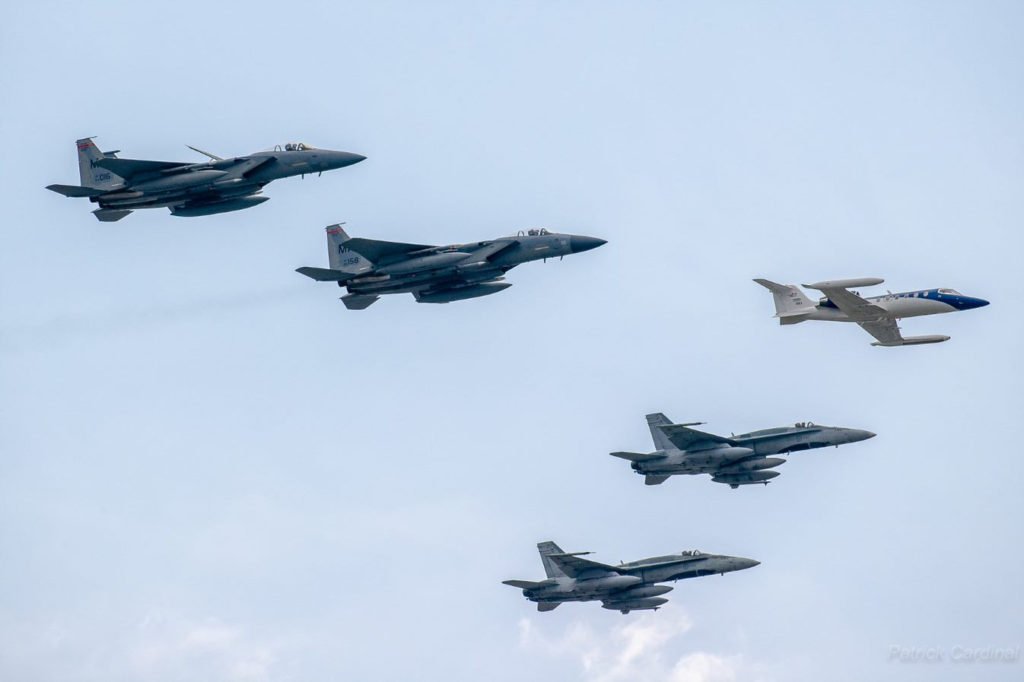The Haryana government passed a policy on Friday to promote industrial growth in the aerospace and defence manufacturing sectors, with a focus on creating an end-to-end ecosystem.
According to an official, the Haryana Aerospace and Defence Production Policy, 2022, aspires to attract at least $1 billion in investments and offer jobs for roughly 25,000 people in five years.
Furthermore, the policy will assist the state in establishing itself as the country’s premier aerospace and defence production base. It was decided by the Cabinet, which convened here under the supervision of Chief Minister Manohar Lal Khattar, to establish an Aerospace and Defense University.
“Since India has the world’s third largest armed forces and the third highest defence expenditure, spending approximately 3% of its GDP in 2020, this policy is required to indigenize aerospace and defence production in the state, assisting in the development of a domestic aerospace and defence ecosystem,” the statement read.
According to the policy, Haryana’s inherent strength in auto components and automobile manufacturing, which now looks forward to a possible transition into aerospace and defence manufacturing, will be leveraged across various aspects — infrastructure enhancement, attractive fiscal incentives, human capital development, and strengthening connectivity — to improve the state’s ease of doing business.
The administration also wants to take advantage of opportunities created by changes in the global economic order, as well as link the state’s growth in the sector with national programmes like the ‘Atmanirbhar Bharat Mission,’ according to the government.
Haryana is dedicated to supporting human capital development through this policy, which includes curriculum development, research and innovation, a scholarship programme, and the establishment of flying schools, among other things.
In addition, this policy will address the need for Haryana to develop a world-class maintenance, repair, and overhaul (MRO) facility. The creation of an acceptable number of such facilities for aircraft operating in the country is required as the aviation sector grows, it noted.
Proposals for new MRO facilities at current airports or new locations in Haryana would be facilitated and rewarded by the state government.
The policy, according to the government, focuses on the development of the Micro, Small and Medium Enterprises (MSME) sector and its business growth, and it envisions a paradigm shift from being a regulator to a facilitator of MSMEs.
Curtailing AT&C losses in power distribution
The Haryana cabinet on Friday adopted an action plan for the adoption and execution of the Centre’s “revamped distribution sector scheme (RDSS)” to reduce aggregate technical and commercial (AT&C) losses in power distribution. “The implementation of this scheme will strengthen the distribution system in rural and urban areas by reducing losses and reducing the chances of theft, as well as making discoms financially sustainable and operationally efficient to provide consumers with a continuous, high-quality power supply 24 hours a day, seven days a week,” according to the spokesperson.
To be eligible for the plan and receive its benefits, the state government must clear the current year’s subsidies as well as any outstanding electricity bills from government agencies by the conclusion of the project period.
Contractors willing to work in Haryana need to register
“Identity creation of contractors on the Haryana Engineering Works (HEW) site will be mandatory, as per the Rules.” An official spokeswoman added, “The contractor’s performance will be evaluated against each completed work by giving marks and establishing a dynamic rating.”
“Contractors not registered on the HEW portal can participate in the tender, but they will not be eligible for the EMD exemption benefit,” the spokesperson said, adding that “contractors not registered on the HEW portal can also participate in the tender, but they will not be eligible for the EMD exemption benefit.”
Policy framed for illegal sub-division of plots
The Cabinet adopted a policy order to regularise illegally subdivided plots and allow plot owners to sensibly subdivide the initially granted plots. “Without changing the prescribed use in the planned scheme, the policy intends to issue guidelines and parameters for regularisation of illegal plot sub-division, permission for sub-division of residential plots in Town Planning Schemes, Rehabilitation Schemes, and Improvement Trust Schemes located in municipal areas of Haryana.”Only plots located in planned schemes previous to 1980 will be considered for regularisation and subdivision under this policy. A minimum plot size of 200 square metres will be required for regularisation and new subdivision. The subdivided area must be at least 100 square metres, according to the spokeswoman.
“A Rs 10 per square metre inspection fee will be imposed. Subdivision/licensing fees at the rate of 1.5 times the licence fee (for residential plot) notified by the Town and Country Planning Department from time to time shall be applied for the regularisation of illegally subdivided plots,” the spokesperson noted.
MSMEs to be given all business clearances within 15 days
“Micro, Small and Medium Enterprises (MSMEs) will be given all requisite business clearances within 15 days, as per the regulatory reforms approved under chapter 5 of the Haryana Enterprises and Employment Policy, 2020, beyond which there will be a provision for automated deemed clearance on the Haryana Enterprises Promotion Centre portal.” “In the event of dues recovery, a provision was introduced in the Haryana Micro, Small Enterprises Facilitation Council (HMSEFC) Rules in November 2021 to recover outstanding payments as an arrear of land revenue,” the official said.
